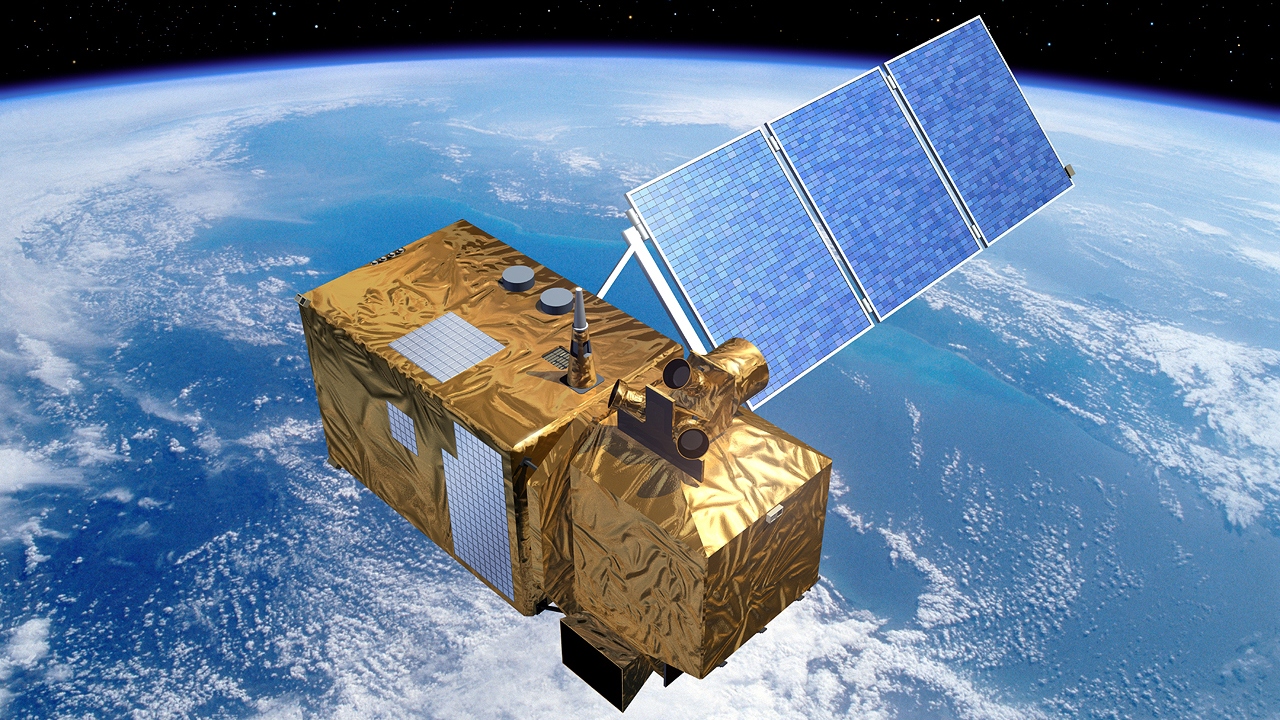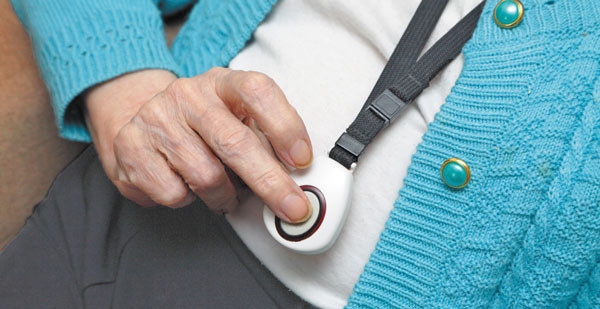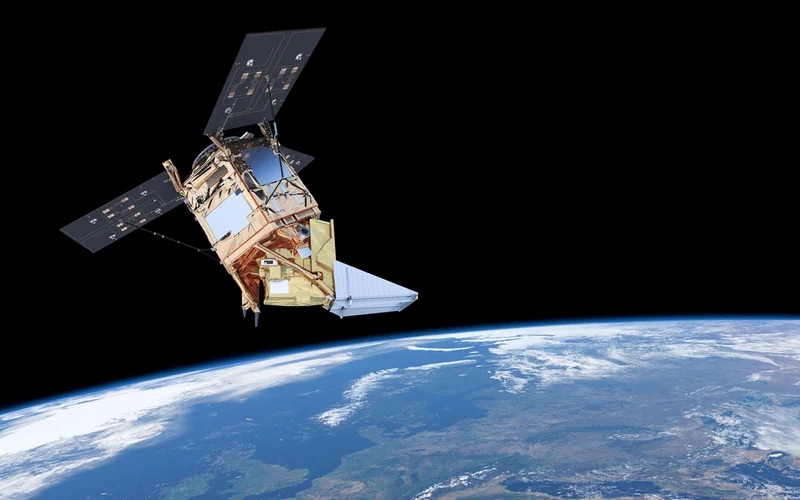Comments
- No comments found

In recent years, medical alert systems have undergone a significant transformation, thanks to advancements in satellite technology.
These systems, designed to provide assistance to individuals in medical emergencies or distress situations, have traditionally relied on landline or cellular networks for communication.
Now, as you're reading this, satellites circling the Earth are radically modifying the landscape of medical alert systems. This revolution is not limited to monitoring health emergencies within urban regions. It stretches to every secluded nook and cranny globally, promising that aid is never too distant.
This article will explain how these astronomical wonders are overhauling medical alert systems. From broadening healthcare service coverage to streamlining emergency responses, the ways satellites make healthcare genuinely international will astound you.
Begin the journey to comprehend how satellite technology and medical alert systems are collaborating to save lives.

You likely have already stumbled upon various medical alert systems, including these top picks for medical alert systems, but may not fully grasp their potential and significant impact on healthcare delivery. These systems offer myriad benefits, especially when integrated with cutting-edge technology.
Satellites now provide the means for remote health tracking, procuring a sense of security for our elderly community. This can be envisioned as a digital safety net, delivering instantaneous aid with just a button press. This technology is configured to scrutinize health conditions, recognize irregularities, and notify healthcare professionals. As a result, it improves the quality of life for seniors and those living with chronic ailments.
For those who live in isolated locations, this satellite-augmented system represents a significant advancement, bringing previously unreachable medical services within reach. It's a substantial stride in healthcare delivery, utilizing technology to prioritize patient safety.
You would be fascinated to learn about the instrumental role satellites play in today's healthcare field. These extraterrestrial tech tools are vital in facilitating remote diagnoses, chiefly in underprivileged regions. Through satellite-based communication solutions, healthcare professionals can access patient data, analyze symptoms, and remotely administer crucial care—a fundamental aspect of telehealth services.
During emergencies, every second counts. Satellites assist in speeding up emergency response by swiftly conveying alerts and patient data to the appropriate responders. Beyond that, satellites amplify healthcare accessibility. Regardless of location-related hurdles, individuals can attain medical care, all due to the marvels of satellite technology.
The involvement of satellites in healthcare isn't merely transformative; it's a matter of life and death.
The aid of satellites can significantly elevate the efficiency and coverage of your medical alert system. The creative combination of satellite technology allows for increased accessibility in remote regions, overhauling the provision of remote healthcare.
This technological progression introduces:
Satellite-enabled alert systems offer immediate connectivity, reaching even the farthest corners of the globe.
Refined tracking mechanisms that aid in quickly locating patients, ensuring prompt medical attention and intervention.
A dependable communication channel that remains unaffected by terrestrial network difficulties, ensuring a seamless healthcare service.
As a result, satellites are not solely widening the scope but also fortifying the reliability of these systems. By adopting this technology, you are investing in a system designed to function when needed.
This is how satellite technology is transforming medical alert systems and contributing to modern healthcare.
Despite the advances, incorporating satellite technology into medical alert systems is not without its challenges.
Significant economic costs are involved. Specifically, the creation, deployment, and upkeep of satellites require considerable investment.
Technological obstacles present another hurdle with this advanced integration, requiring intensive expertise and technical proficiency.
Infrastructure stipulations present another problem. Solid and reliable satellite communication systems call for intricate and well-established infrastructures.
Accessibility also presents an issue, especially in isolated regions. Either the technology may not reach these places or it may prove unaffordable for its residents.
Legal considerations are another pertinent aspect to consider. Using satellites for health surveillance means adhering to a web of intricate laws and regulations.
Each of these aspects introduces another nuance to the adoption and application of this breakthrough technology.

The application of satellites to revolutionize medical alert systems foresees a significant improvement in global health outcomes. The amalgamation of satellite technology with these systems offers cost-effective solutions that tackle healthcare disparities, especially in distant regions.
Remote Monitoring: Satellites now permit real-time observation of patient health status, enabling prompt intervention and mitigating the risk of severe complications
Emergency Response: Satellites expedite emergency services by supplying precise, immediate location data, which reduces response times during urgent situations.
Healthcare Access: By connecting rural communities to healthcare services, satellites are closing the longstanding healthcare accessibility gap in these areas.
The satellite overhaul of medical alert systems is not solely about pioneering technology; it centers on transforming lives and fostering a healthier world.
Leave your comments
Post comment as a guest